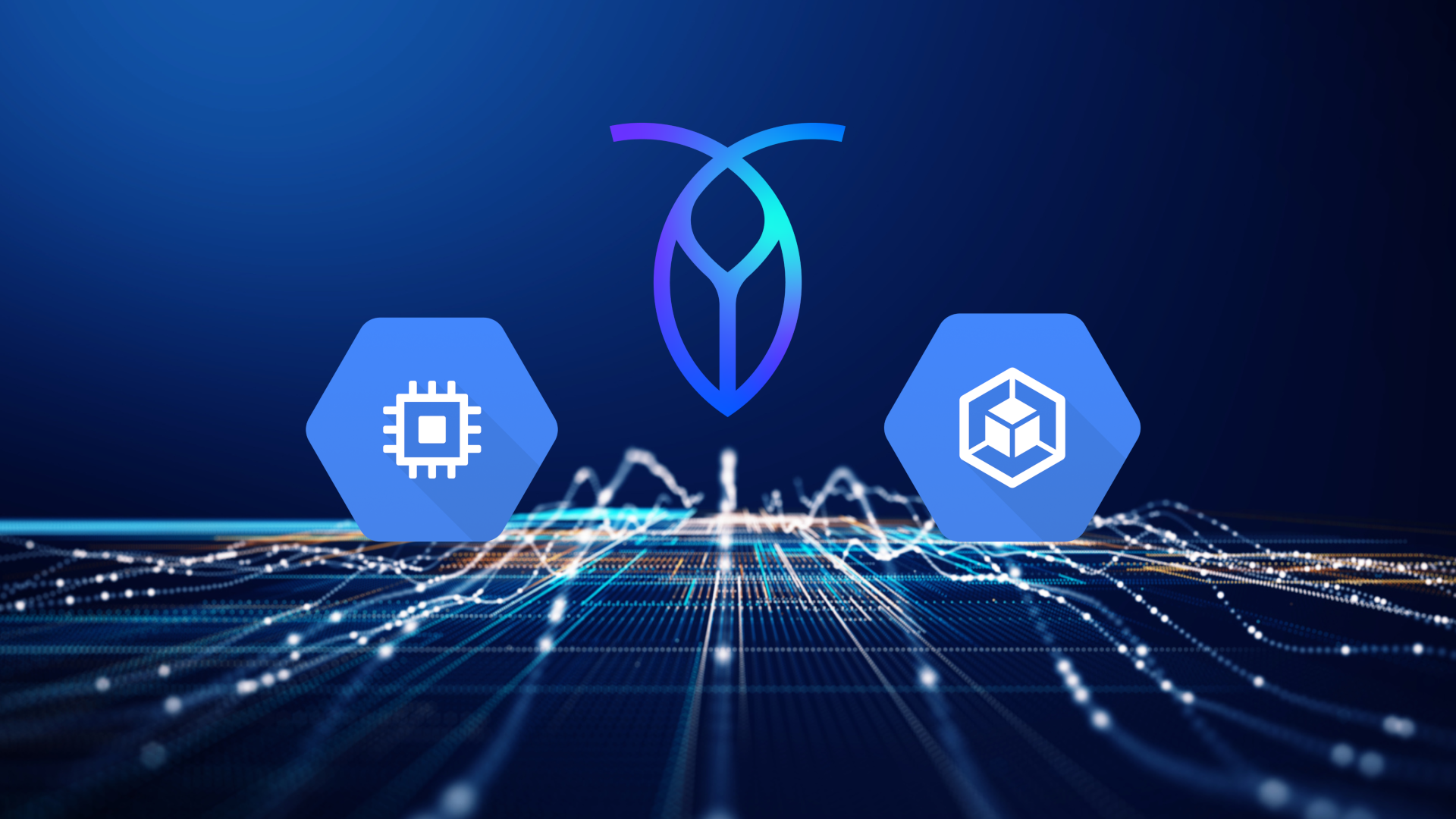Today, we’re proud to announce the release of CockroachDB 19.2, which significantly improves the latency, reliability, and usability of CockroachDB. CockroachDB 19.2 pushes the bounds of what a distributed SQL database can do. We’re bringing the latency of distributed transactions closer to the theoretical minimum, continuing to bolster the resilience and reliability of our enterprise and open core product, and we’re making CockroachDB easier to use than ever before.
Not only does 19.2 introduce new features for better ease-of-use, we’re also launching Cockroach University to improve the experience of learning and using the product. Cockroach University is a free online learning tool for developers and architects who want to gain a fundamental understanding of distributed databases and deep knowledge of CockroachDB’s functionality and architecture.
The first course, “Getting Started with CockroachDB,” uses videos, exercises, and quizzes to teach users about the key characteristics of a distributed SQL database, then walks them through how to spin up a CockroachDB instance, run basic queries, and test out CockroachDB’s unique capabilities. For additional information or to register visit Cockroach University. For more info on what you can expect in CockroachDB 19.2, read on, or head straight to our release notes for the full list of product enhancements. Reduced latency in both multi- and single-region deployments We struggled to find an atomic commit protocol that enabled speedy (and ACID compliant) distributed transactions, so we built our own. It’s called Parallel Commits, and it halves the latency of all distributed transactions by reducing the rounds of consensus required for a transaction from 2 to 1. It brings the speed of distributed transactions that much closer to the theoretical minimum: the sum of all read latencies plus one round of consensus latency. While its primary use case is for speeding up globally distributed, multi-region deployments, it also improves secondary indexes tremendously in single region deployments. 19.2 also enables vectorized execution by default, which improves the performance of some analytical queries by up to 20x. Improved reliability and ease-of-use for distributed clusters In 19.2, you can control the exact locations to which certain records are backed up. This can reduce cloud storage data transfer costs by keeping data within specific cloud regions and can help users comply with data domiciling requirements like GDPR. There are also a number of new features within both the enterprise and OSS versions of the product that ease the complexity of configuring a geo-distributed database. Zone configurations, for example, are now much easier for users to set up. Zone configurations make distributed SQL more accessible by defining where data lives as well as where lease preferences are for any given subset of data (down to the table and row level). We’ve also introduced improvements to partitioning tables, so you can easily view partitions you’ve created on tables, indexes, or even the entire database. Conclusion To see the complete list of features in this release, you can reference our release notes. We’re also hosting a 19.2 technical demo on November 21 to introduce more features of the release and answer your questions live. And if you have any questions, please join in the conversation over at our new Slack channel. Or you can watch the webinar in which we talk about the release and answer questions from the community:




